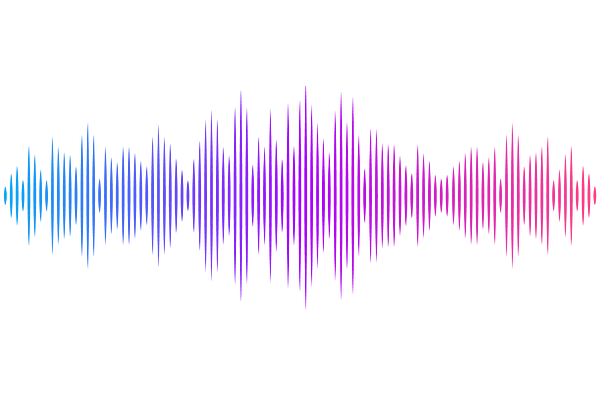Structural insights into VRC01-class bnAb precursors with diverse light chains elicited in the IAVI G001 human vaccine trial

Structural insights into VRC01-class bnAb precursors with diverse light chains elicited in the IAVI G001 human vaccine trial
Lin, X.; Cottrell, C. A.; Kalyuzhniy, O.; Tingle, R.; Kubitz, M.; Lu, D.; Yuan, M.; Schief, W. R.; Wilson, I. A.
AbstractThe development of germline-targeting vaccines represents a potentially transformative strategy to elicit broadly neutralizing antibodies (bnAbs) against HIV and other antigenically diverse pathogens. Here, we report on structural characterization of vaccine-elicited VRC01-class bnAb precursors in the IAVI G001 Phase 1 clinical trial with the eOD-GT8 60mer nanoparticle as immunogen. High-resolution X-ray structures of eOD-GT8 monomer complexed with Fabs of five VRC01-class bnAb precursors with >90% germline identity revealed a conserved mode of binding to the HIV CD4-binding site (CD4bs) via IGHV1-2-encoded heavy chains, mirroring mature bnAb interactions. The light-chain V-gene diversity emulated VRC01 bnAbs and stabilized antigen engagement, while their conserved five-residue LCDR3 motifs prevented steric clashes. Notably, the VRC01-class bnAb precursors accommodated the N276 glycan, a key barrier in HIV Env recognition, through structural rearrangements in HCDR3 or LCDR1, despite its absence in the immunogen. Surface Plasmon Resonance (SPR) analysis showed that 87% of elicited antibodies retained glycan binding capacity, albeit with reduced affinity. These findings validate the ability of eOD-GT8 60mer nanoparticles to prime VRC01-class bnAb precursors with native-like paratopes but with intrinsic glycan adaptability. Structural mimicry of mature bnAbs was observed even with limited somatic hypermutation, indicating that critical features are encoded in the germline repertoire. The structures highlight how germline-encoded features drive bnAb-like recognition at early stages. This work provides molecular evidence supporting germline-targeting in humans and provides guidance for designing booster immunogens to shepherd affinity maturation toward broad neutralization.